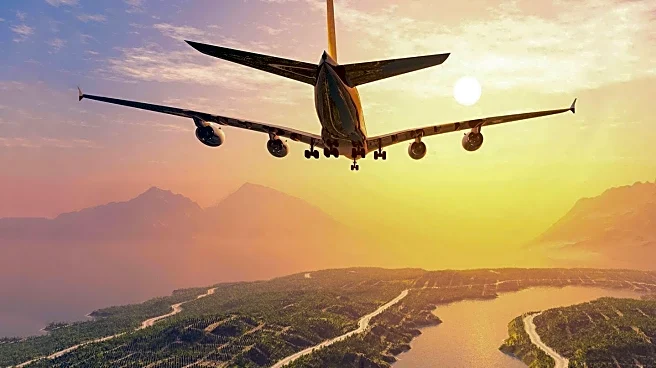What's Happening?
The World Tourism Organization (UN Tourism) has reported a 5% increase in international tourism during the first half of 2025, with nearly 690 million tourists traveling globally. This growth comes despite various global challenges, including economic and geopolitical tensions. Africa and Asia Pacific regions showed strong performance, with Africa seeing a 12% increase and Asia Pacific growing by 11%. Europe welcomed nearly 340 million tourists, marking a 4% increase from 2024. The Americas experienced mixed results, with South America showing solid growth while North America remained flat. The Middle East saw a slight decline in arrivals, but still performed strongly compared to pre-pandemic levels.
Why It's Important?
The increase in international tourism is significant for global economies, as it contributes to local jobs and livelihoods. However, the growth also highlights the need for sustainable and inclusive tourism practices. High transport and accommodation costs, along with economic factors, pose challenges to the industry. Tourism inflation is projected to ease but remains above pre-pandemic levels, affecting consumer spending and travel patterns. The resilience of travel demand amidst global uncertainty underscores the importance of strategic planning and collaboration among stakeholders to ensure continued growth and sustainability.
What's Next?
UN Tourism projects a 3% to 5% growth in international arrivals for the remainder of 2025. The UN Tourism Confidence Index shows a slight increase in confidence levels for the last four months of the year, indicating cautious optimism among industry experts. Destinations are expected to focus on value for money offerings and may see shifts in travel patterns, such as shorter trips or closer destinations, as tourists respond to elevated prices. Continued monitoring of economic and geopolitical factors will be crucial in maintaining travel confidence and addressing potential risks.











